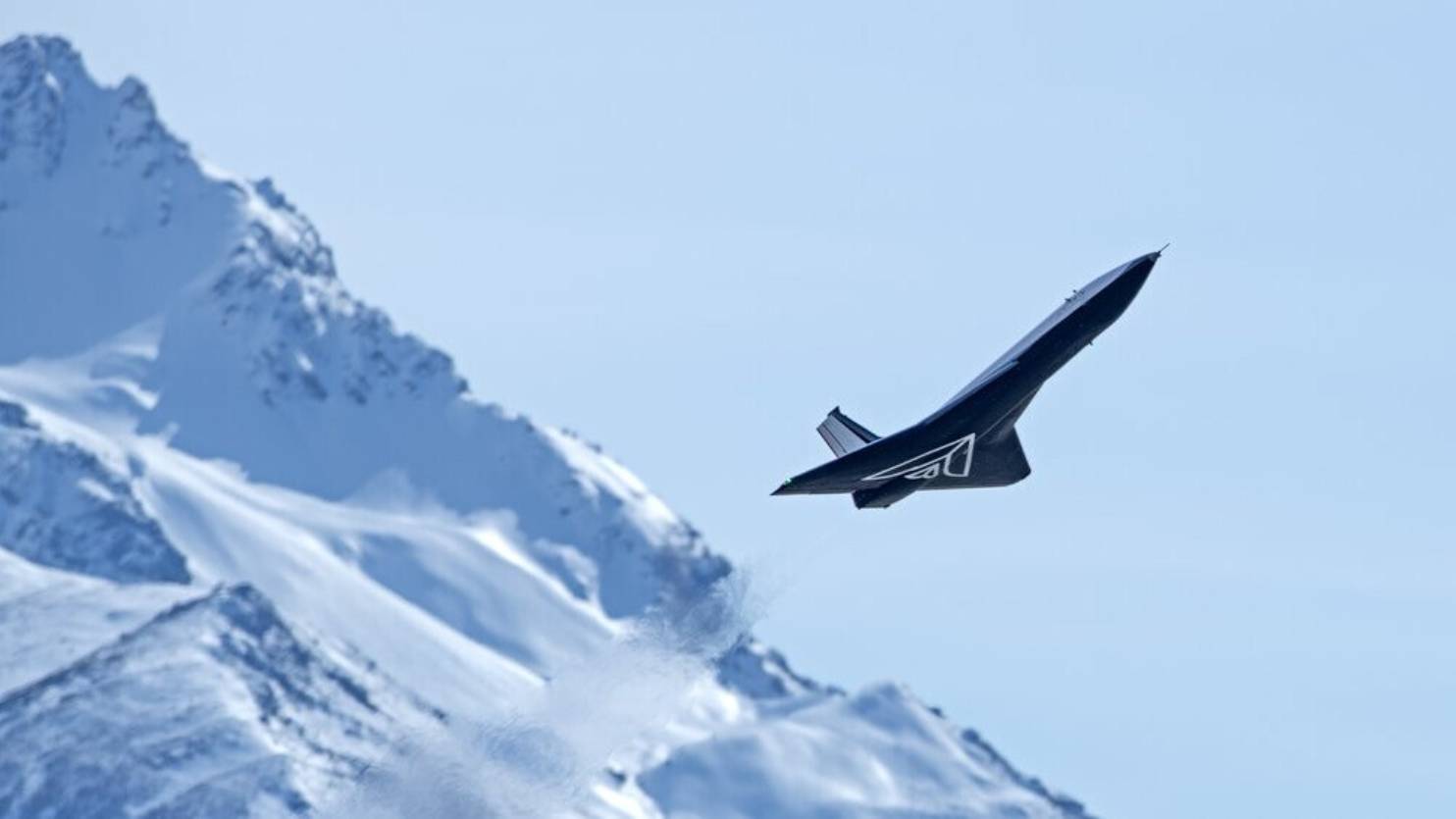The Mk-II Aurora soared to an altitude of 25 kilometers, a significant leap from its previous performance in August when it reached Mach 0.92.
That earlier milestone represented speeds three times faster and altitudes five times higher than those achieved in tests conducted in 2023. The Aurora’s rapid advancements demonstrate Dawn’s relentless pursuit of pushing the boundaries of aeronautics.
This latest test flight underscores the company’s broader ambitions: achieving hypersonic speeds of 6,173–12,348 km/h and flying to altitudes exceeding 100 kilometers. Even more impressive is their aim to accomplish these feats twice within a single day.
With each successive test, Dawn Aerospace is bringing its vision of commercial space travel closer to reality, promising to revolutionise how humanity approaches the frontier of space exploration.
“As a company, we have been working for more than seven years to design, develop, test, and deliver supersonic flight. We are now achieving this and will start commercial payload operations in the coming months,” said CEO of Dawn Aerospace, Stefan Powell.
Fastest aircraft to climb from ground level to 20 km.
The company, headquartered in the Netherlands and New Zealand, claims that during the test last week the Aurora also broke the world record for the fastest aircraft to climb from ground level to 20 km.
The spaceplane made the ascent in just 118.6 seconds, beating the previous record set in the 1970s by a highly modified F-15 fighter jet.
According to Powell the milestone sets the stage for Aurora to become the world’s highest and fastest-flying aircraft and paves the way for the first operational hypersonic aircraft, redefining what’s possible in aviation.
Founded in 2016 by New Zealanders Stefan and James Powell, alongside Dutch co-founder Jeroen Wink and German collaborators Tobias Knop and Robert Werner, Dawn Aerospace is reimagining the aerospace industry with a mission to make space more accessible and cost-effective.
The company’s vision includes advancing microgravity research, atmospheric science, Earth observation, and high-speed flight testing — all while keeping costs remarkably low.
Unlike many of its competitors in a field dominated by billionaire-backed ventures and government-funded programs, Dawn Aerospace has adopted a lean development approach.
To date, the company has spent just $10 million on its flight program and plans to complete it with only $20 million — an extraordinarily small budget by aerospace standards.
If these streamlined production methods carry over to operations, the result could be significantly more affordable space flights for customers.
Dawn also diversifies its revenue streams by producing low-emissions propulsion systems for satellites, supporting its ambitious projects with additional income. Even with limited financial resources, the startup is aiming for extraordinary achievements.
The ultimate goal? To develop the Mk-III, an orbital-stage aircraft capable of launching satellites into low-Earth orbit. The innovation would place Dawn Aerospace in direct competition with industry giants like Elon Musk’s SpaceX.
As the company charts its own path in a high-stakes sector, its lean, resourceful strategy offers a compelling contrast to the lavish spending that typically characterises the aerospace race.
Before the Mk-II Aurora, Concorde with a maximum cruising speed of 2,179 kilometers per hour (1,354 miles per hour), or Mach 2.04 was the world’s first supersonic commercial passenger jet (also known as a supersonic transport or SST) manufactured by Great Britain and France.







